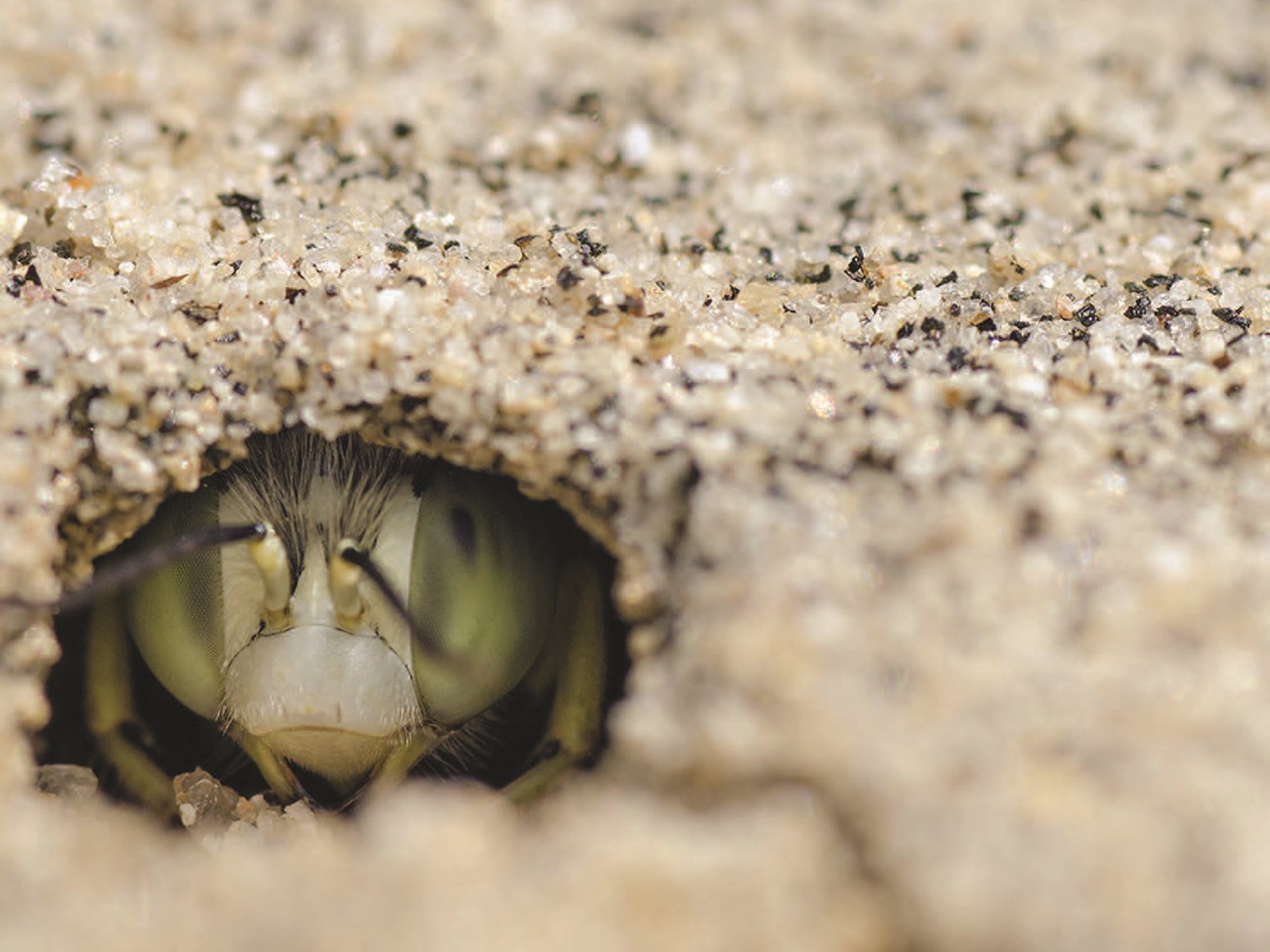Last updated: June 20, 2023
Article
Through the magnifying glass: understanding conservation on a microscopic scale
Alexandria Warneke & Keith Lombardo, authors
Michael Ready, photographer

If you go too fast, you might miss it. If you forget to look close enough, you might miss it. It’s the miniature, but bright-eyed, jumping spider hiding amongst the blooming flowers of buckwheat. It’s the neon sea slug only as big as a pink jelly bean feeding in the seagrass, overlooked despite its vibrant coloration. It’s a world of easily overlooked species, a microcosm teeming with life, secrets, and wonder.
So much of our natural world is undervalued simply because it is not easily recognizable, and its contribution to the planet, ecosystem, or humanity seems even less valued. This is especially true of the smaller forms—the strange ones that require us to get down into the undergrowth with a magnifying glass, snorkel a stream, or explore the nooks of a reef to know they are there. We aren’t wired to notice these small things. Instead our focus, and often our conservation priorities and funding, are drawn to the large charismatic megafauna such as the bison of Yellowstone, or to the vast, epic landscapes of Yosemite. While these figures and spaces are important, the “lesser forms” are equally essential to the planet’s biodiversity and ecological functioning; indeed they are just as critical to life as we know it. Even the mighty giant sequoia relies inextricably on a hidden and interconnected network of species we don’t often consider. The world through the magnifying glass holds both striking beauty and utility, if only we slow down and look closely enough to see it and are mindful enough to conserve it.
Like the greater environment around them, these small-scale systems are not immune to large-scale problems, such as pollution, habitat destruction, and climate change. The list is long and evergrowing. If we don’t begin now to understand these tiny creatures, their fellow inhabitants, and the roles they play, we might lose them. Here we create windows to these hidden spaces to foster a greater perception and appreciation of the natural world and its enormous biodiversity. By doing so, we hope to encourage the action required to preserve wildlife and wild places. We can learn to move deliberately, with intention, keeping our eyes and ears open and our magnifying glasses at the ready. The time to look deeper into nature and within ourselves is now—let’s not miss it.
This is an excerpt from a visual essay published in Volume 38, Number 1 of Parks Stewardship Forum, 2023. View the full story >>
